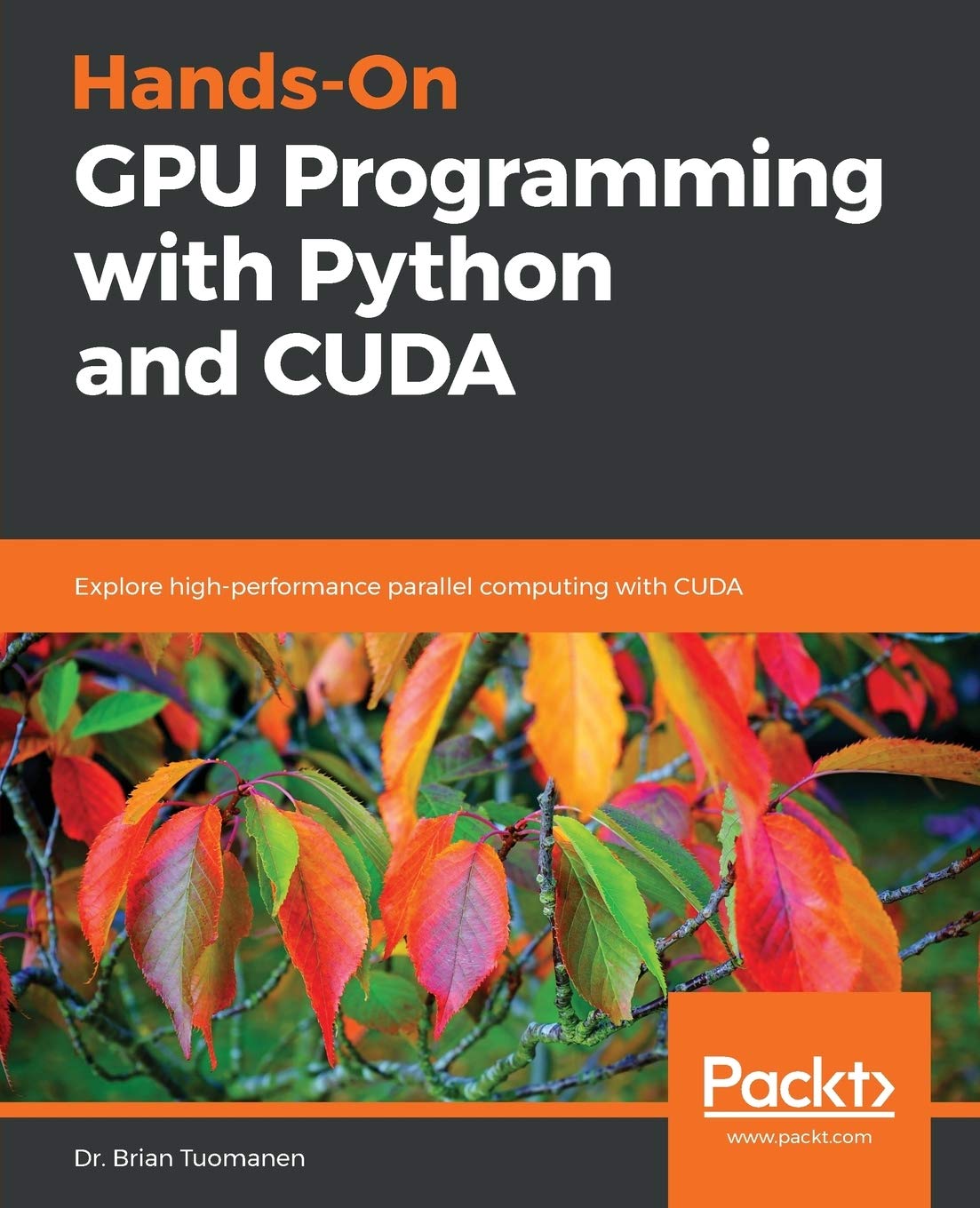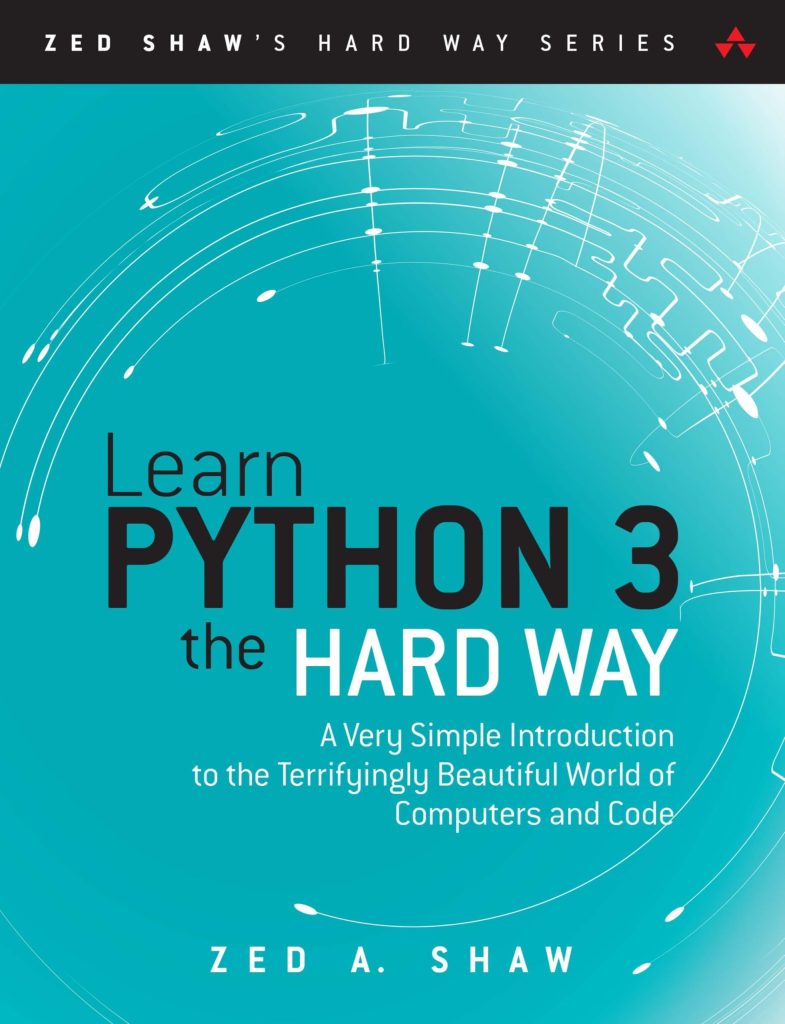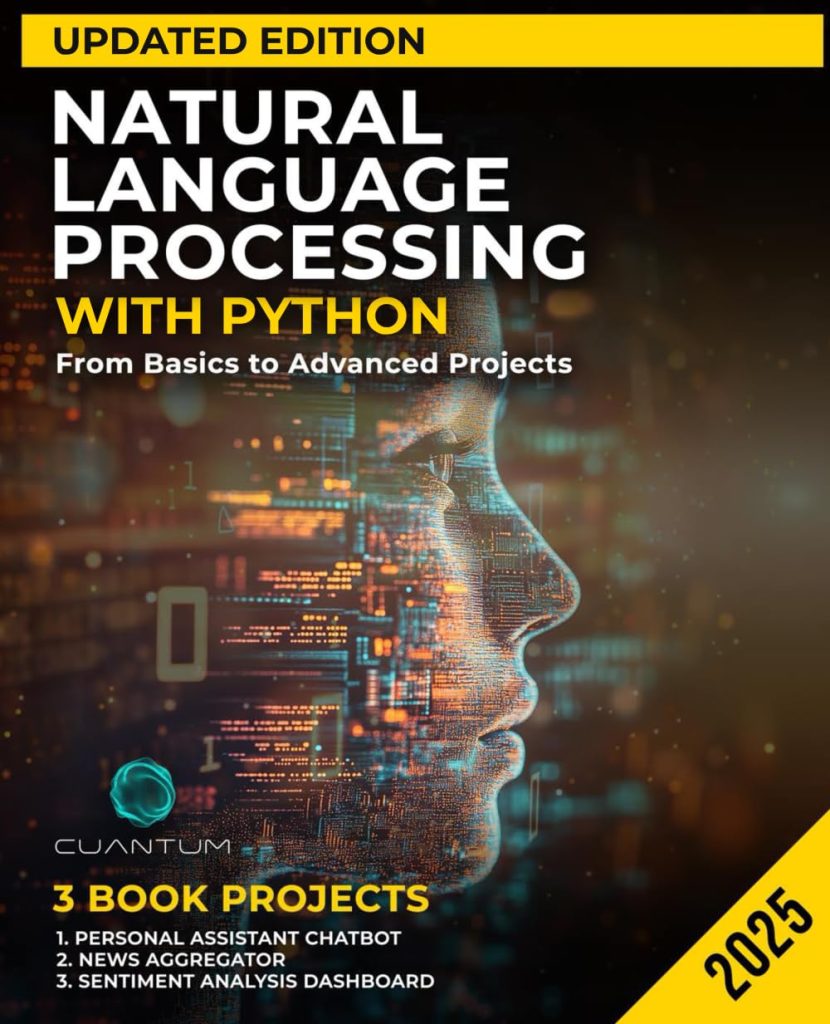If you’re diving into the world of GPU programming and want to harness the power of parallel computing, “Hands-On GPU Programming with Python and CUDA” is the perfect companion for you. The book isn’t just for seasoned programmers; it’s also great for those who are stepping into the CUDA realm for the first time.
Who Will Love The book?
- Students and Beginners: If you’re new to programming or just starting with Python, this book breaks down complex concepts into manageable bits. The hands-on approach makes learning both fun and effective.
- Data Scientists: Are you looking to speed up your computations and enhance your data analysis? The book provides practical examples that can turbocharge your work with large datasets.
- Developers Transitioning to GPU Programming: If you are a developer already comfortable with software programming, but want to upgrade your skills to include GPU programming, this book offers a seamless transition.
- Researchers: For those in academia or the tech industry aiming to solve complex problems with high-performance computing, the illustrated projects demonstrate how to apply CUDA in real-world scenarios.
What You’ll Find Inside
The book takes a very practical approach, featuring:
- Hands-On Projects: You’ll engage in projects that will familiarize you with GPU programming quickly.
- Python & CUDA Integration: Learn how to effectively blend Python with CUDA to create powerful applications.
- Step-by-Step Tutorials: The tutorials guide you through every process, making it easy to follow along, even for novices.
- Real-World Applications: The book illustrates how these concepts play out in actual scenarios, making the content relevant and relatable.
Whether you’re a beginner eager to learn or a seasoned coder aiming to branch out into GPU programming, this book has everything you need to kickstart your journey. Happy coding!







